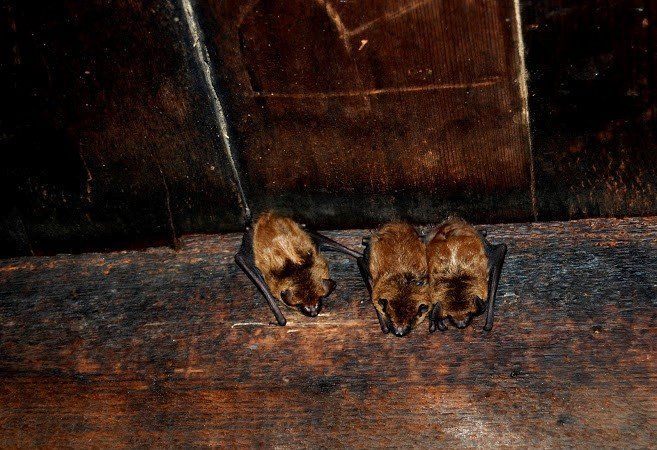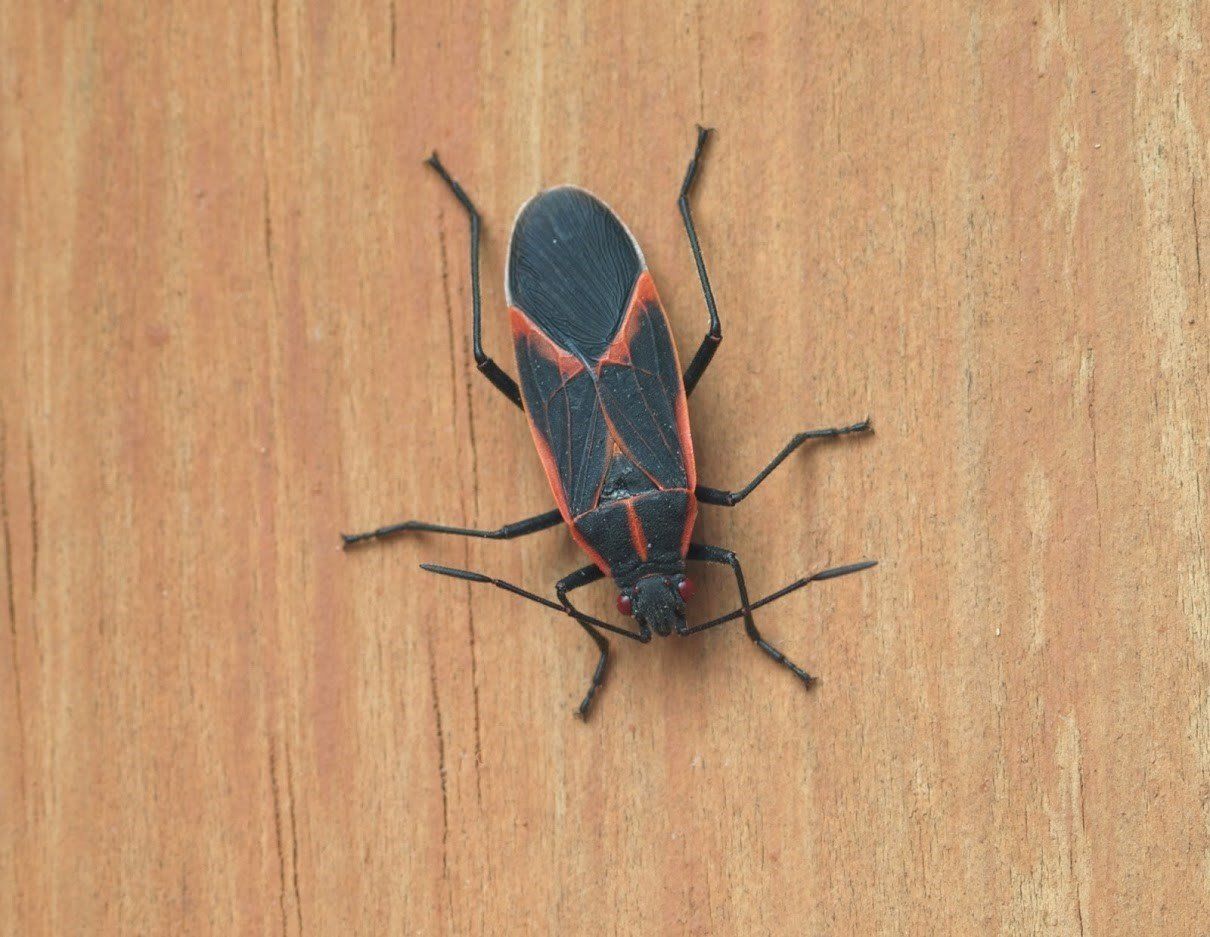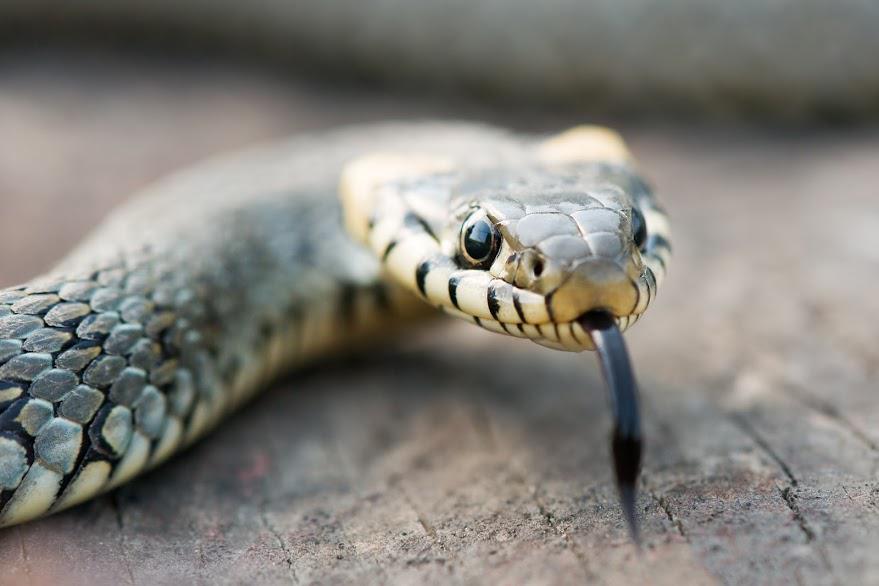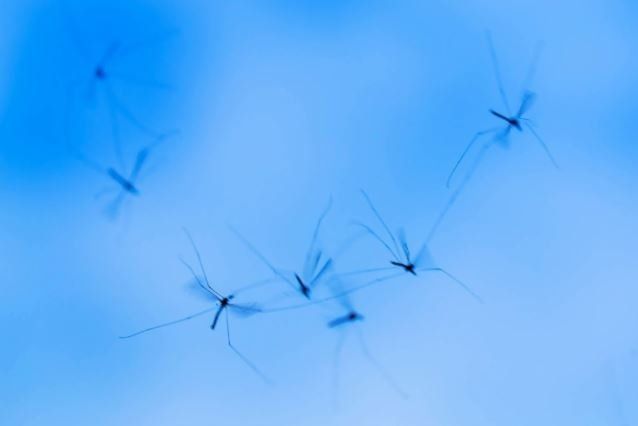How to Spot, Get Rid Of, and Prevent Cockroaches in Your Home
websitebuilder • September 5, 2018
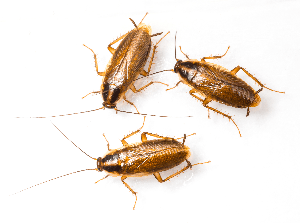
Cockroaches are disgusting bugs that can reproduce and multiply quickly, invading your home and your food and leaving your home uninhabitable if you don't take care of the problem. Cockroaches may not harm you — in that they do not sting and are not poisonous — but they can carry disease and their odor and feces may aggravate those that suffer from allergies or asthma.
Many people may have cockroaches in their homes and not even know they have them until their home is completely infested. Know how to spot cockroaches, get rid of them, and prevent them from coming into your home with the tips below.
How to Spot Cockroaches
Cockroaches look similar to beetles and are brown or reddish brown. They can be anywhere from a 1/2 inch to 2 inches long, depending on the type of cockroach.
Cockroaches are nocturnal, so unless you're up at night and spot a live insect when you turn on the light, you most likely will not see them during the day (unless you have a large infestation). Cockroaches come inside looking for food, water, and shelter, and are most likely to be in your kitchen or bathroom.
Look around your kitchen and bathroom beneath the sink, behind the stove or refrigerator, and in cupboards or pantries for egg casings, feces (which look like coffee grounds), or even skin casings (from shedding their skin). Use a flashlight when looking.
Also, look behind couches and other dark areas in your home such as basements or crawl spaces.
How to Get Rid of Cockroaches
If you've spotted live insects, casings, or feces, get rid of any roaches you have in your home. You can set traps around your home using borax and a sugar substance such as granulated sugar or even jelly in a small container. Set these traps, which will attract the cockroaches to it. When they eat the substance, it will kill them.
Other things you can do includes spraying a pesticide around the walls of your home or using a bug bomb to kill these and other insects in your home.
However, especially with large infestations, leave most pest control problems to the experts. They have the equipment, experience, and resources to provide effective, long-lasting solutions for cockroach control.
How to Prevent Cockroaches
Prevent these pests from getting into your home in the first place, and from ever returning by following these tips:
- Clean: Wipe down counters, floors, and all appliances in your home to prevent attracting these and other pests from coming inside. These and other pests will come inside looking for food, so don't give them a free meal. Wipe down hard surfaces with a cleaning agent such as bleach wipes or use soap and water.
- Remove garbage: Cockroaches will look for their meal in your garbage, so if you have garbage laying around close to your home, get rid of it immediately. Take all garbage out of your home and don't allow it to build up. The garbage outside of your home should be in sealed bags and in a trash container with a lid that shuts tightly to prevent against cockroaches and other pests.
- Seal your home: Cockroaches and other pests can get into the tiniest of cracks and crevices. Make sure your home is sealed tightly. Check your window and door weather stripping to ensure it is in good shape. Replace anything damaged. Also, seal cracks in your home's foundation with concrete caulking, and add silicone around pipes and wiring that comes into your home.
Prevent an infestation by performing some preventative maintenance around your home. You can talk to your local pest control company
for successful prevention strategies.
If you think you may have a cockroach problem, call Anteater Pest Control for help getting these pests out of your home and prevent them from returning.
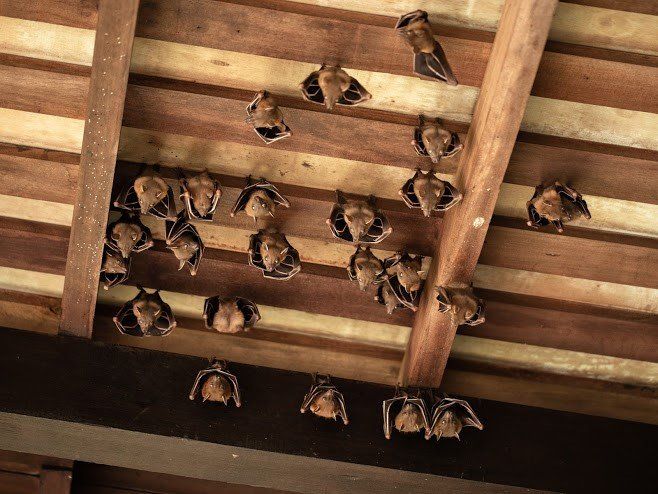
Bats can be cute when you see them in nature, but inside your home, they are more than just a nuisance. Bats can carry deadly diseases, like rabies, which means that if you have a bat, you need to take steps immediately to solve the problem. Removal Options Removal is best left to a professional due to the risks involved. Single Bat A single bat may get into the house through an open window or the chimney. The good news is that this usually is a one-time event and you don't have an infestation. The best course of action is to remove pets and people from the room with the bat, open all of the windows in the room, and then close off the room so the bat can't get into the rest of the house. With luck, the bat will find a window and leave. If you must handle the bat, wear gloves and do not touch the bat directly. The safest option is to call in a pest service if the bat doesn't leave on its own. Roosting Colony Sometimes your home provides the perfect place for daytime roosting. Little-used attics are most at risk, but bats may also colonize crawlspaces, spaces in your walls, or outbuildings. You should not try to remove an entire colony of bats on your own. A pest professional that is aware of local and federal wildlife laws should be called in to trap and remove the bats. Prevention Tactics Once you are free of the bats, your next step is to ensure that they cannot return. Exclusion If a bat can't get into your home, you can't have a bat problem — which is why exclusion is your main goal. Your pest service will inspect your home and find the likely entry points that the bats are using. You can also watch your home during the twilight hours to find where the bats are emerging. Once you know the likely entry points and have had all bats removed from the house, you can seal up the openings so the bats can't regain access to your home. Alternative Dwellings If you live in an area with a high bat population or would simply like to keep these beneficial insect-eaters nearby, then providing alternative dwelling options can be just the ticket for diverting bats away from your home. You can buy or build simple bat boxes. These boxes are typically attached to trees or poles to provide a more attractive roosting space for the bats. Cleanup Safety Bats are not clean animals. If a bat has been roosting in your home, then you will have droppings (called guano) and urine to deal with. Guano Sanitation Bat guano can carry histoplasmosis, a fungal spore that can cause a chronic respiratory disease. If you must try to clean up on your own, you need to cover all of your skin, wear gloves and eye protection, and use a respirator mask. All debris must be cleaned up and all surfaces must be sanitized with a bleach solution. Professionals will also use a HEPA vacuum, which has a strong filter that ensures none of the possible fungal pathogens remain in the air. Dead Bat Removal Extreme caution is necessary if there are dead bats in your home. Conditions like rabies can still be transmitted from dead animals. Wear gloves and do not touch the bat directly if you attempt to remove it yourself. The area where the bat was found must also be completely sanitized with a bleach solution. For more assistance with a bat in the home, contact Anteater Pest Control, Inc.

